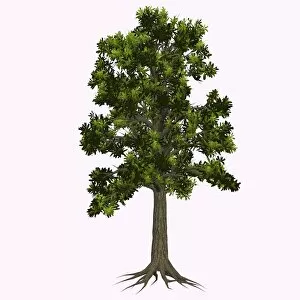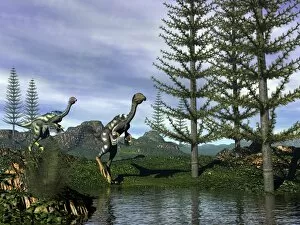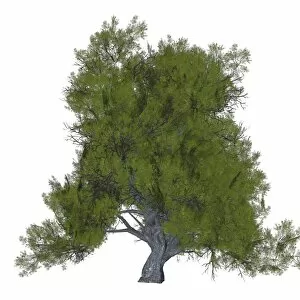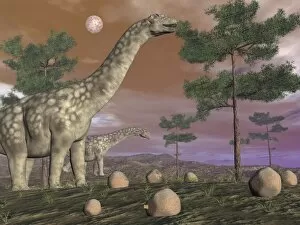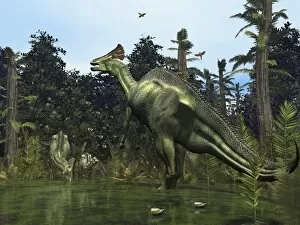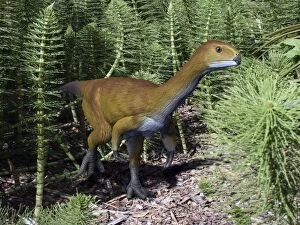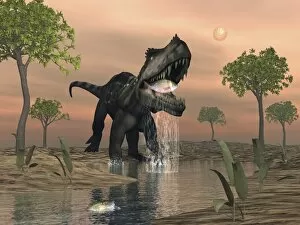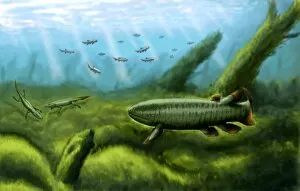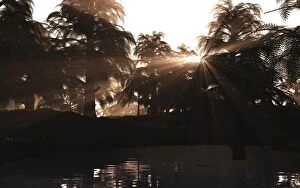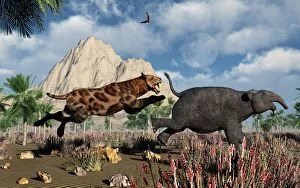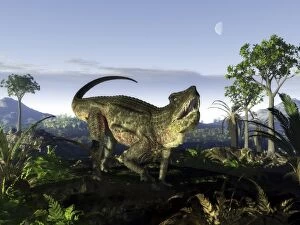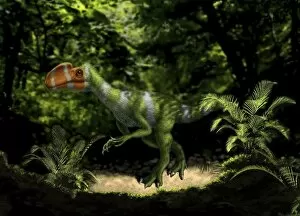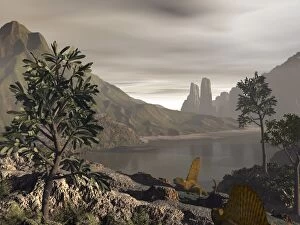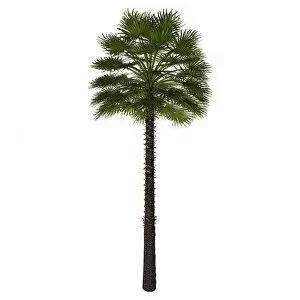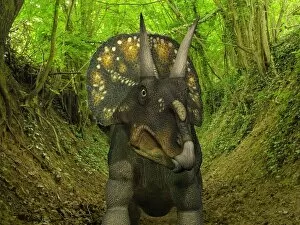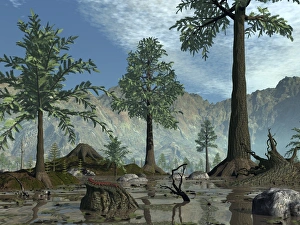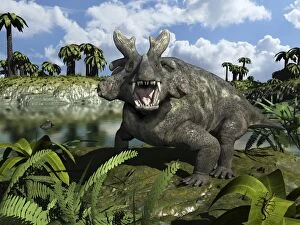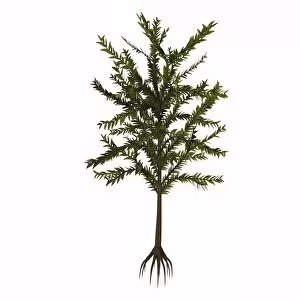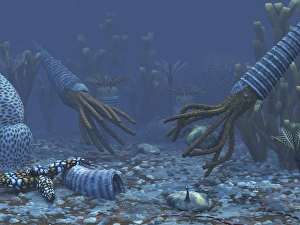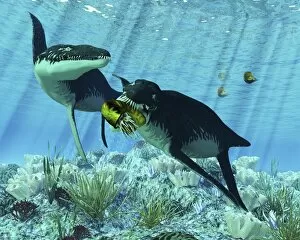"Paleobotany: A Journey Through Prehistoric Flora and Fauna" Witness a mesmerizing sight as a group of Dodo birds gracefully cross a natural bridge over a glistening stream, showcasing the wonders of paleobotany. Dive into an ancient underwater world where Doryaspis swim amongst a vibrant bed of Anthozoa, revealing the intricate relationship between plants and marine life in bygone eras. Hear the mighty roar of a baby Tyrannosaurus Rex, seeking protection from its mother's towering legs amidst lush vegetation - an awe-inspiring testament to the evolution of plant life alongside dinosaurs. Step back in time with Mamenchisaurus dinosaurs depicted in stunning artwork (C018 / 8572), capturing their colossal presence against prehistoric landscapes shaped by paleobotanical forces. Discover the resilience of nature through the umbrella thorn acacia tree, standing tall on a white background - symbolizing how certain plant species have endured throughout millennia. Uncover primal instincts as two Allosaurus hungrily clutch onto their next meal, a Hypsilophodon, highlighting both predator-prey dynamics and the role plants played in sustaining these ancient ecosystems. Observe human strength mirrored by our skeletal structure seen from front view; poised in fighting stance or striking poses – reminding us that even today we owe our existence to Earth's botanical heritage. Delightful playfulness unfolds as a pair of Dodo birds engage in an enchanting game of hide-and-seek - illustrating not only their extinct charm but also emphasizing how flora influenced animal behavior during this era. Embark on an expedition beneath Middle Cambrian waves as Anomalocaris explores an ocean floor teeming with diverse marine plants, shedding light on forgotten botanical treasures hidden beneath ancient seas.




